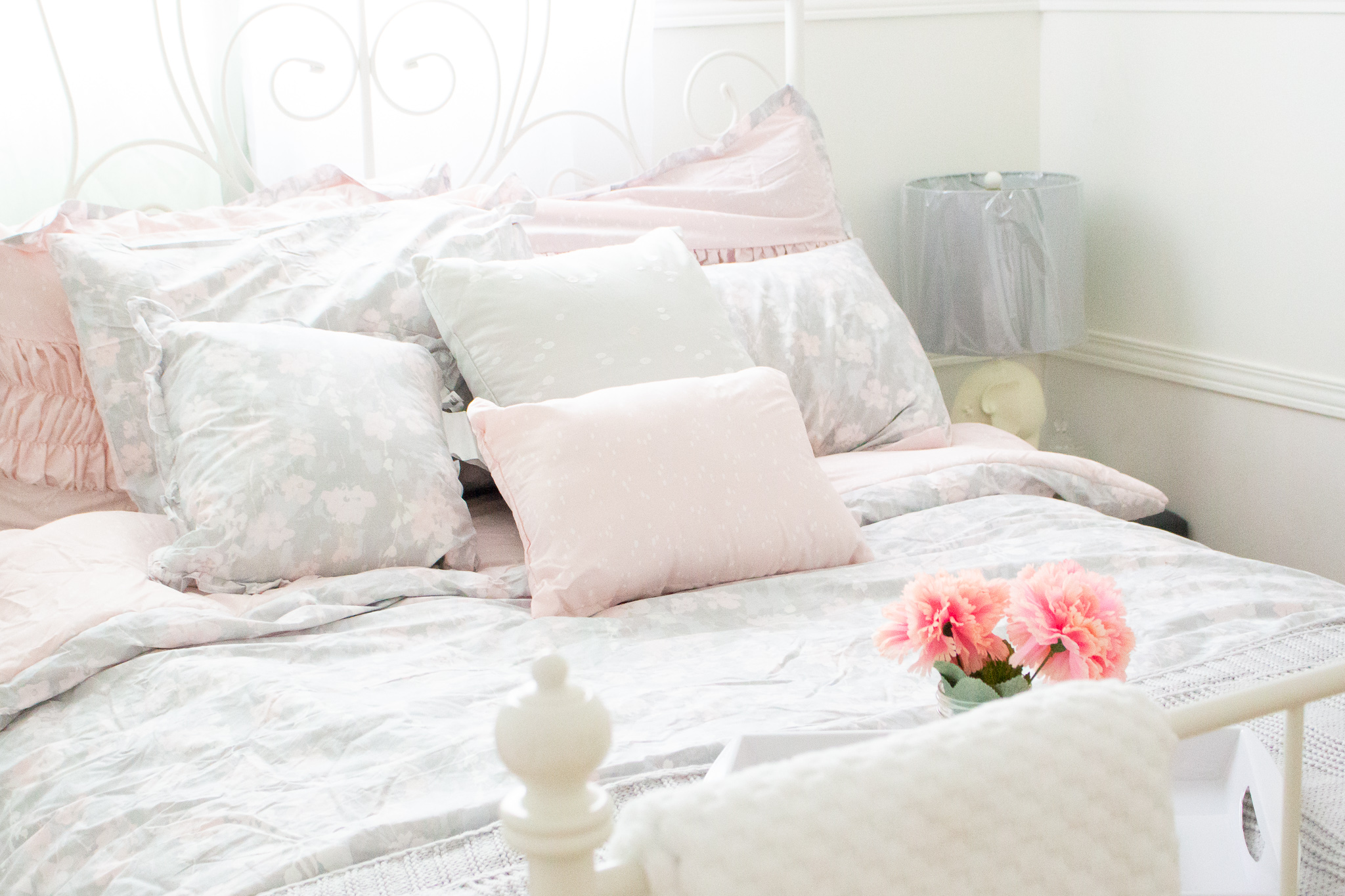Kids grow fast—sometimes it seems like you blink and the nursery you created with such detail now requires a total overhaul. Creating a home that can adapt to your child growing up can be a functional and emotional task. From big, light pastels and cozy plush toys to posters, video games, and homework stations, your child’s room grows up with them. Creating adaptable spaces in the initial stages can make the transition easier, saving time, money, and frustration.
From Nursery to Teen Room: Adapting Spaces Over the Years

Designing with Flexibility in Mind
Building a room that is flexible with time begins with a solid foundation. Walls with neutral colors, versatile furniture, and innovative storage solutions enable you to change a room’s theme without having to start over. For example, choosing a convertible crib that turns into a toddler bed or a dresser that doubles as a changing table gives you longevity right from the beginning.
Lighting is another element that should be planned with growth in mind. Soft nightlights can eventually be replaced with adjustable desk lamps once study habits are formed. Having modern and energy-efficient overhead lighting ensures its suitability for people of any age or for different purposes.
Toddler to School-Age: Introducing Functionality
As your toddler begins to venture out into the world, their bedroom should be adapting to the growing need for activity, creativity, and independence. Substituting baby gear with low-sill bookshelves, compact desks, and well-lit reading nooks encourages play and learning. Using removable wall decals or washable paint enables simple adjustments in the room as interests change.
By this stage, the need for organization is heightened. Storage bins, open cubbies, and labeled drawers can serve to instill responsibility in children while, simultaneously, avoiding disorganization. In addition, allowing a child to select the organizational materials promotes ownership of personal space.
The Tween Years: Balancing Style and Identity
By the time your child reaches the tween years, personal tastes and hobbies begin to shape their room’s design. This is a great time to upgrade to a full-sized bed and more sophisticated storage systems. Floating shelves for books and décor, pinboards for artwork or schedules, and a dedicated homework area can support their growing independence.
Paint colors and textiles often become more specific to their personality at this stage. Letting them have a say—within reason—helps create a room that feels like a safe, expressive space. While trends may change fast, using accessories like throw pillows and artwork allows for quick and affordable updates.
The Teen Room: A Space for Rest and Self-Expression
Teen rooms need to be multi-functional. They should serve as bedrooms, study areas, hangout zones, and private retreats. Comfortable seating, a larger desk, and personalized touches like mood lighting or wall art help create an inviting, mature atmosphere. As social lives become more important, giving teens space to entertain friends in their rooms can also be valuable.
At this stage, consider investing in quality furniture that could carry over into college dorms or first apartments. A sturdy desk or ergonomic chair, for example, is both practical and long-lasting.
Looking Ahead: Planning for the Future
While each room transition marks a new chapter, it’s also worth thinking beyond your child’s current needs. A thoughtfully updated room can add value to your home, especially if you’re considering long-term property investments. Even design decisions made for your child’s benefit can support broader financial goals. For example, some homeowners leverage SMSF residential loans to invest in properties that accommodate multigenerational living or long-term rental appeal.
Being mindful of these decisions from the start ensures each room not only suits your family now but continues to serve you in the future.
Adapting your child’s room from nursery to teen space is a continuous process filled with creativity and learning. By focusing on versatility, involving your child in the process, and thinking ahead to how each room fits into your overall home strategy, you create a space that supports both personal growth and practical living. As your child grows, their room evolves into more than just four walls—it becomes a reflection of who they are and who they’re becoming.
Be sure you are subscribed so that you don’t miss a thing!
Let’s connect!
TikTok | Facebook | Instagram | Pinterest | Youtube | Bloglovin
Leave a Reply